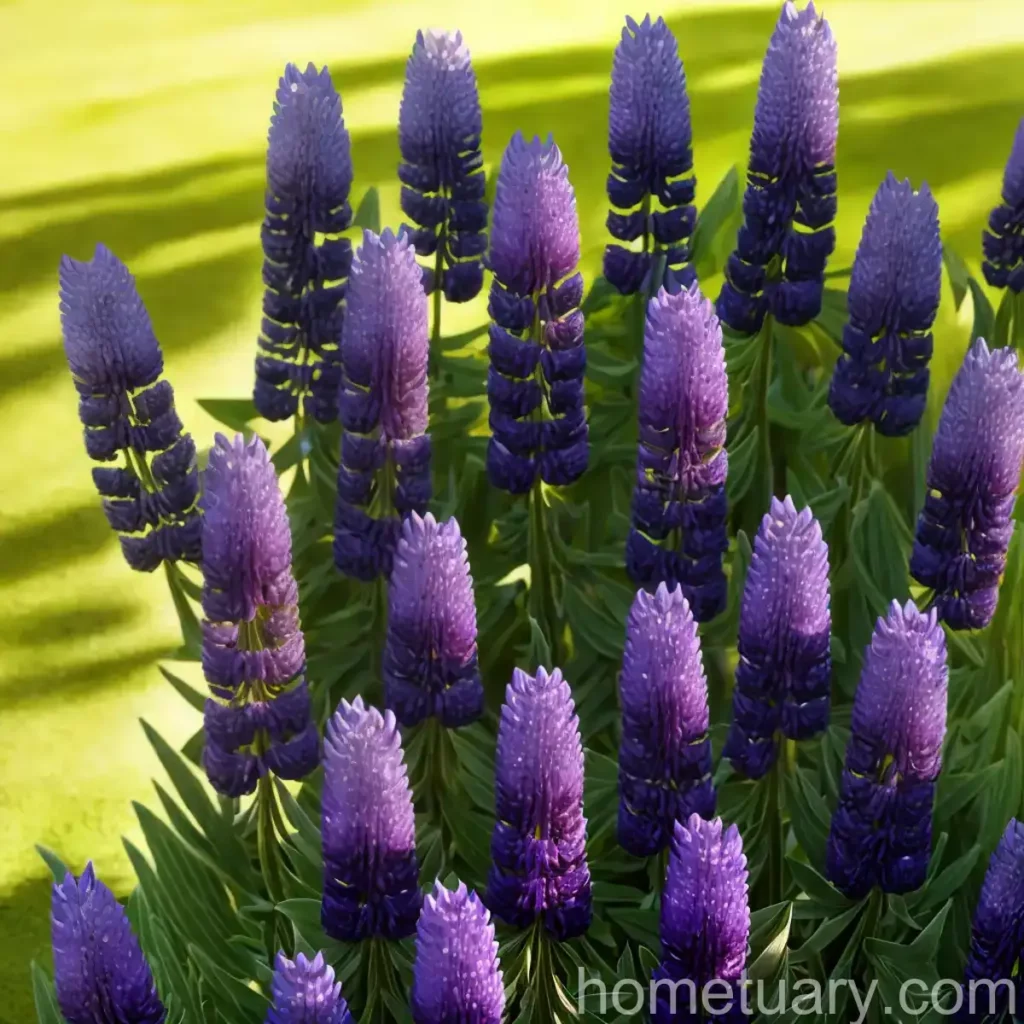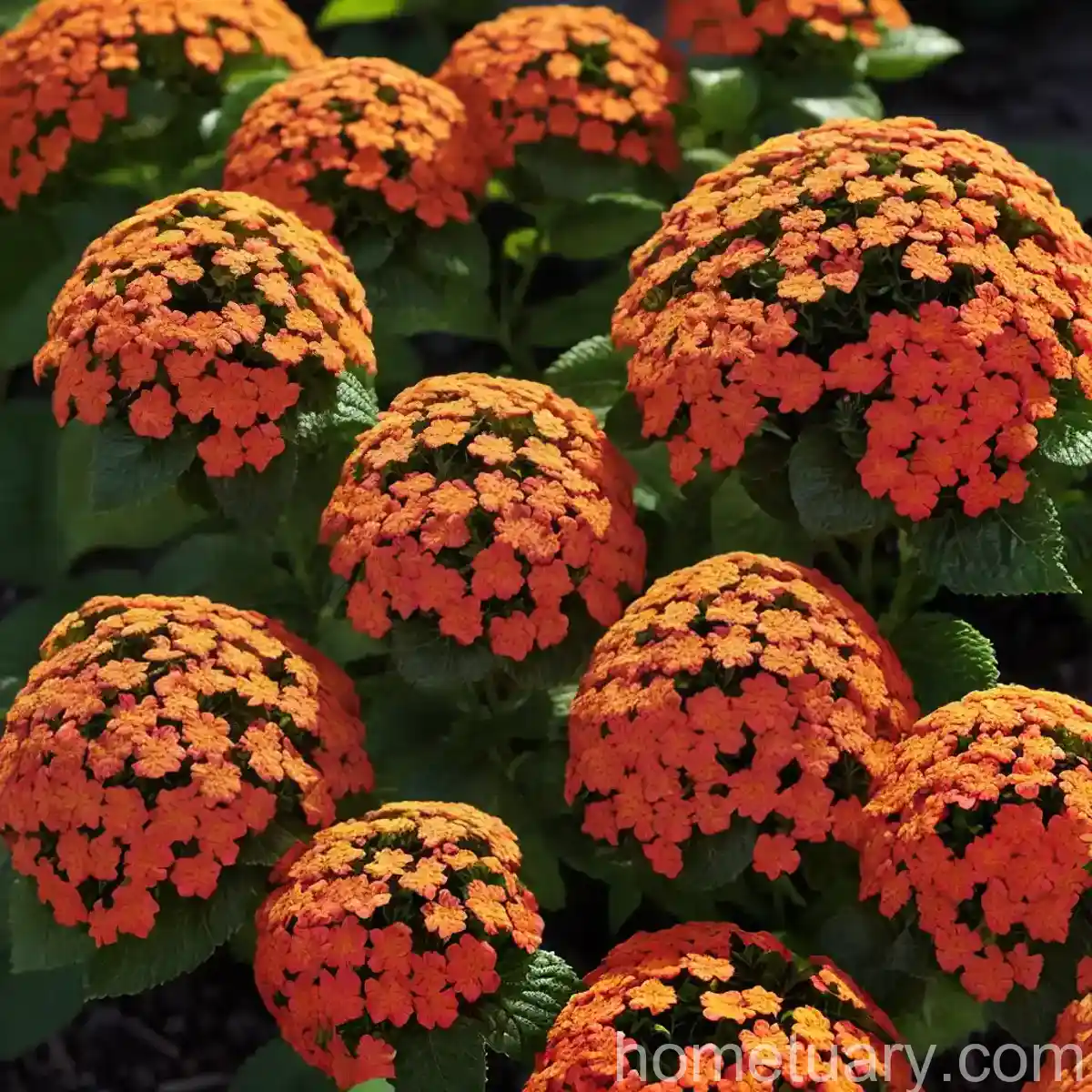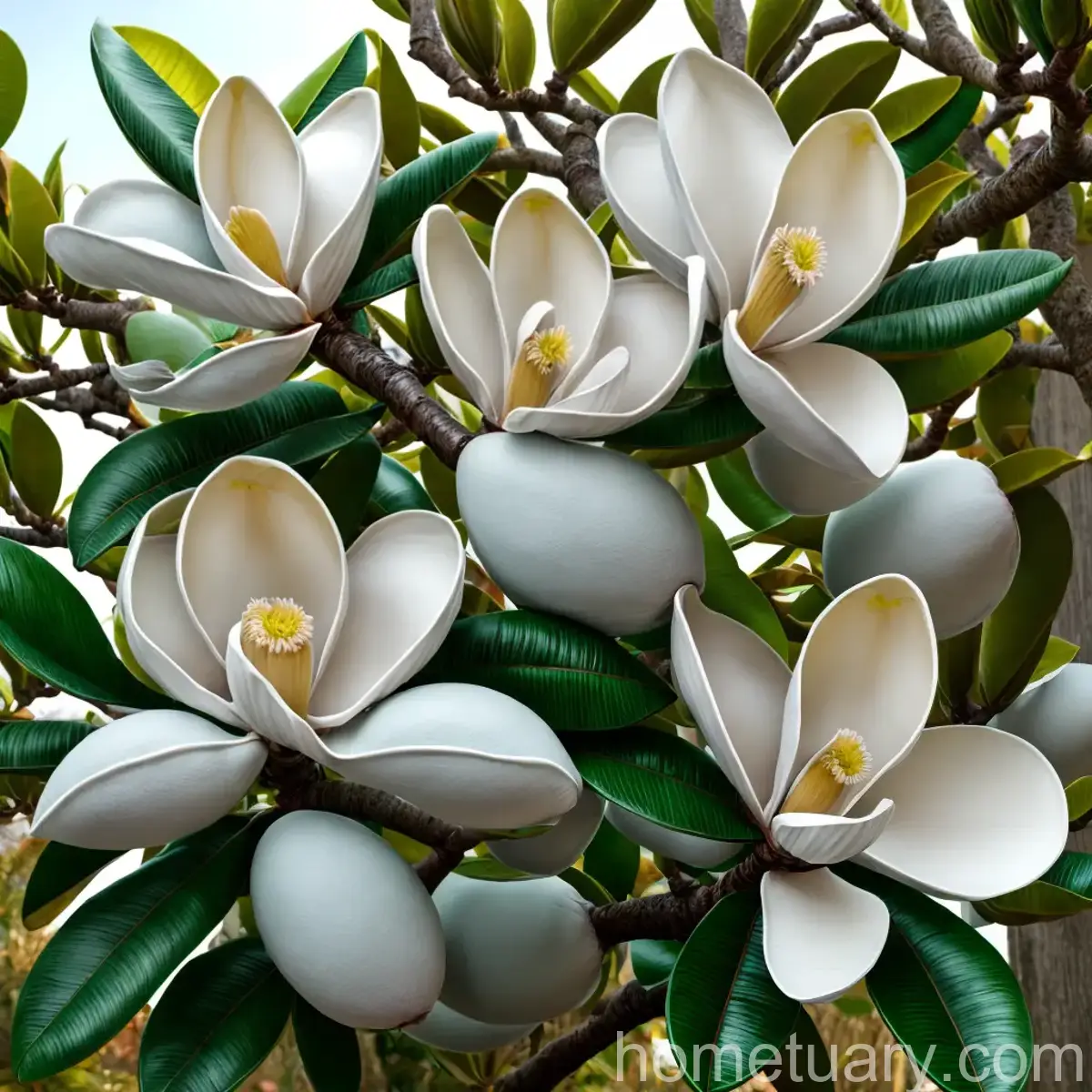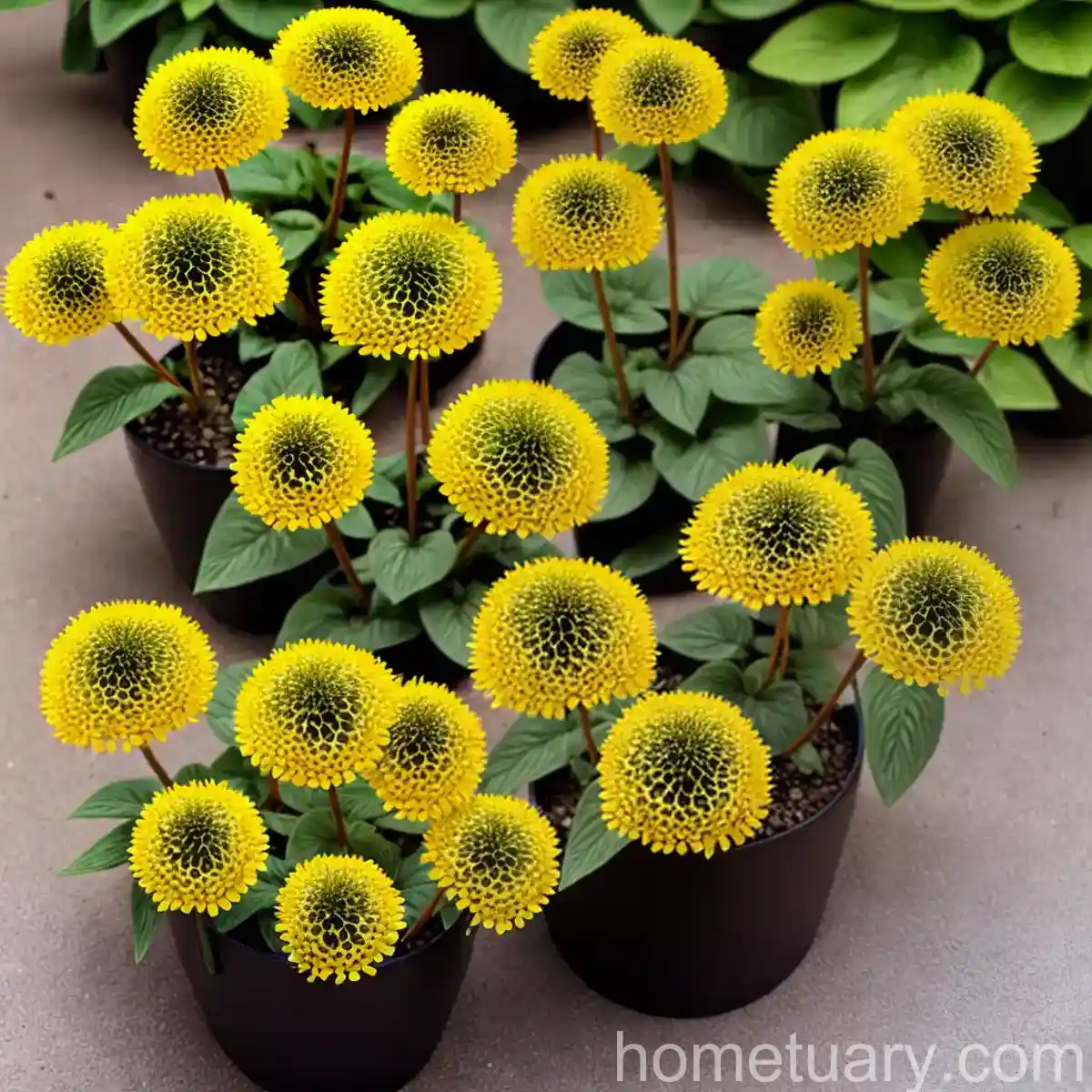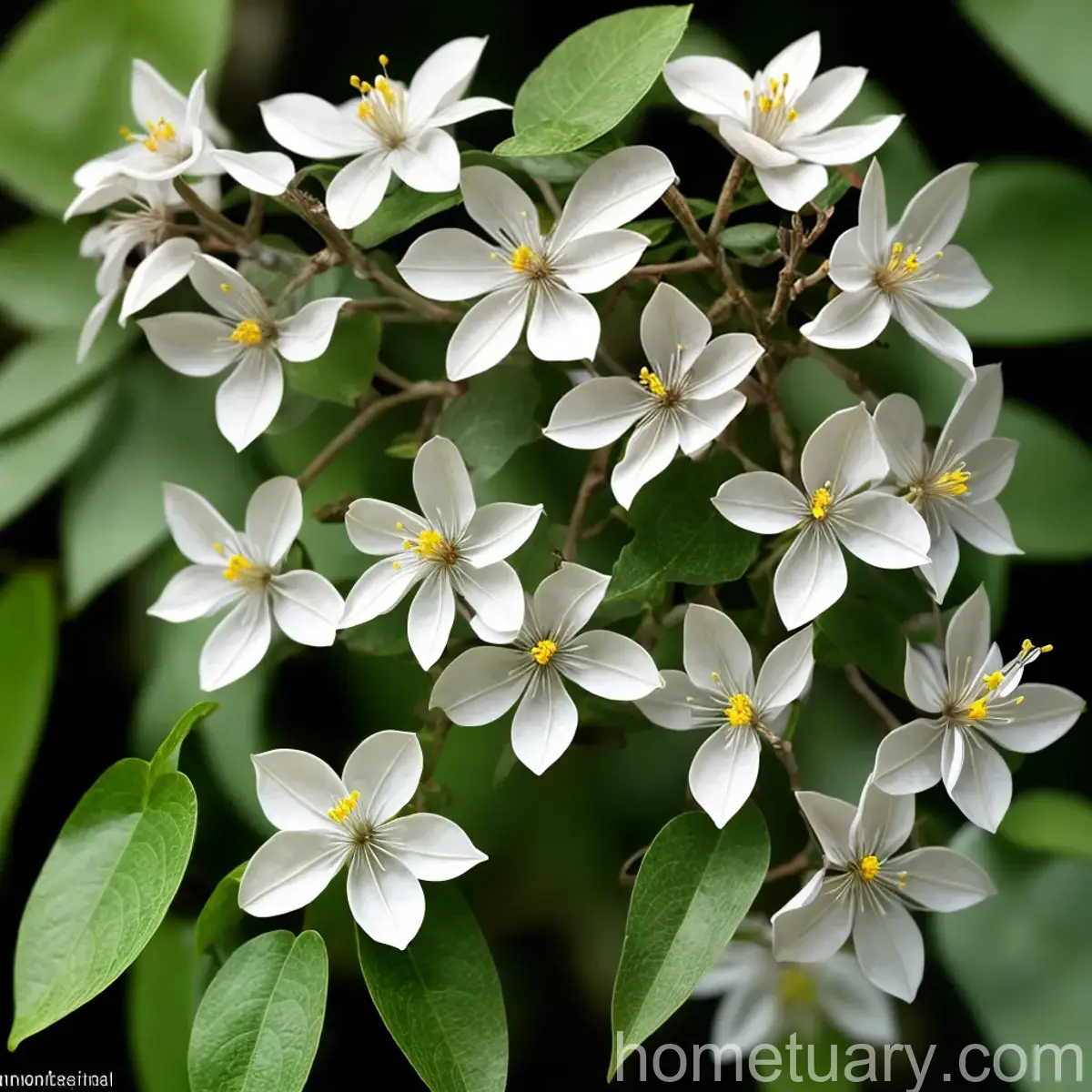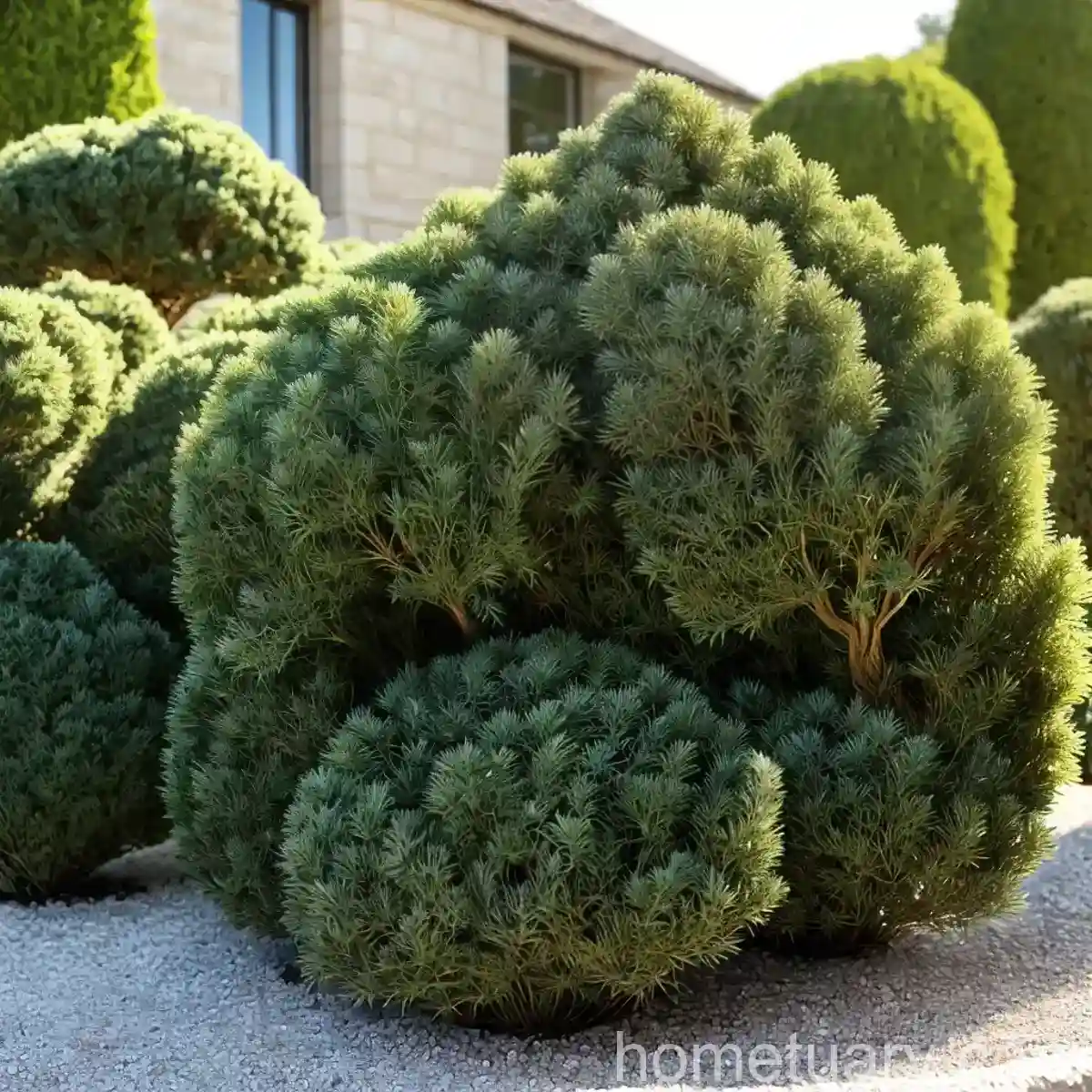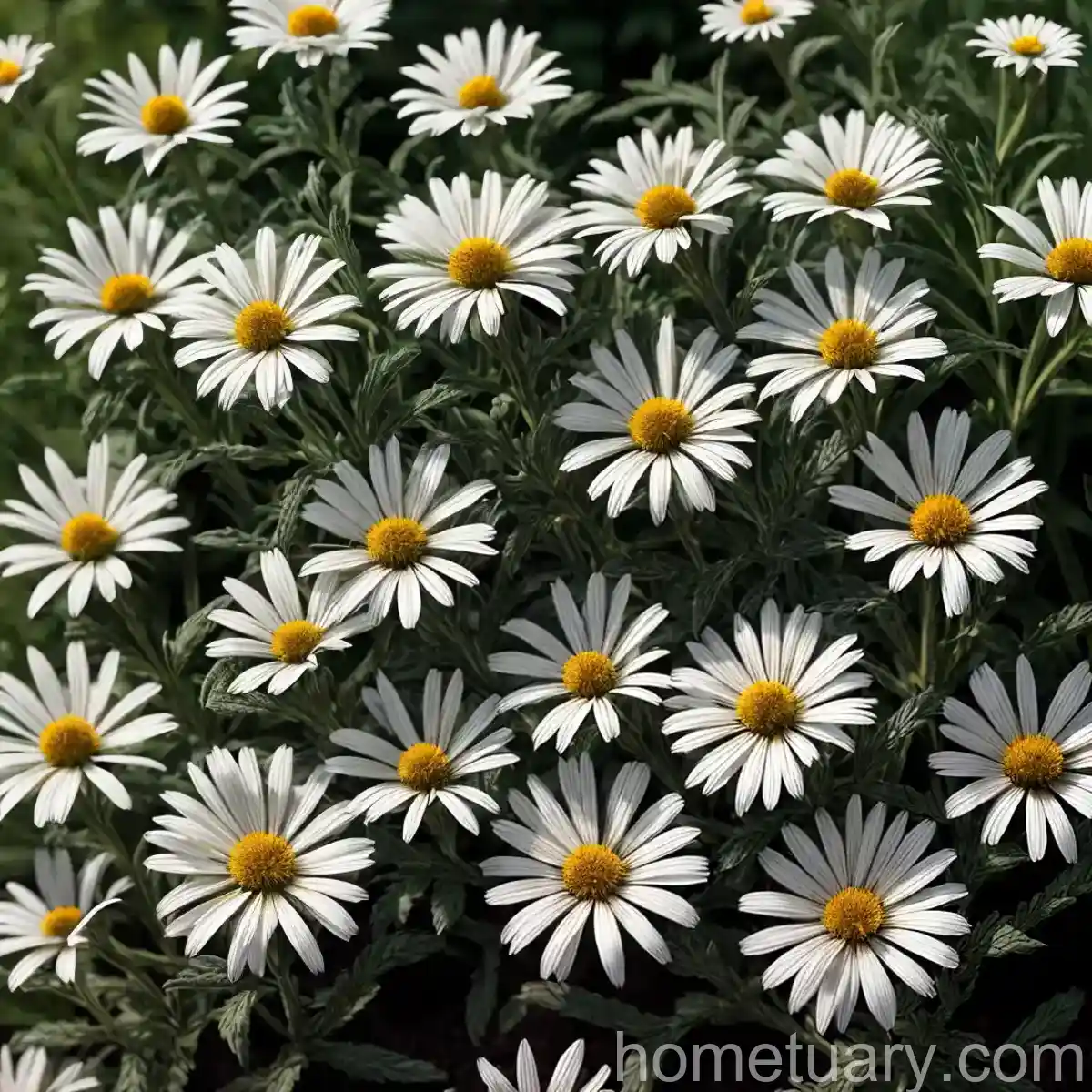The Allure of Lupine (Lupinus x hybrida) for Gardening Enthusiasts
Lupines, scientifically known as Lupinus x hybrida, are captivating and diverse flowering plants that captivate gardeners with their vibrant hues and abundant blooms. They belong to the Fabaceae family and are renowned for their distinctive pea-like flowers and attractive foliage. In this comprehensive guide, we will delve into the world of lupines, exploring their culture, uses, propagation, care requirements, common diseases, and much more. Let’s embark on an enthralling journey through the realm of lupines.
What is Lupine (Lupinus x hybrida)?
Lupinus x hybrida, commonly known as lupine, is a delightful perennial flower that features showy, erect spires of densely packed blooms. These flowers exhibit a wide array of colors, including shades of white, pink, red, and blue, making them a popular choice for adding vibrancy to gardens and landscapes. Their unique inflorescence composition and elegant flower spikes make them a cherished addition to any floral display.
Key Takeaways – Lupine (Lupinus x hybrida)
- Botanical Name: Lupinus x hybrida
- Family: Fabaceae
- Common Names: Lupine, garden lupin
- Hardiness Zones: 3-9
- Bloom Time: Late spring to early summer
- Mature Height: 24-48 inches
- Soil pH: Neutral to slightly acidic (pH 6.0-7.0)
- Exposure: Full sun to part shade
Now that we have an overview of lupine’s characteristics, let’s dive into the intricacies of cultivating and caring for these enchanting plants.
Culture
When it comes to culture, it’s paramount to understand the needs and requirements of lupines to ensure their optimal growth and blooming. From water and sunlight to soil and fertilization, each aspect plays a crucial role in nurturing healthy and flourishing lupine plants.
Water
Lupines thrive in well-draining soil and prefer moderate moisture levels. While they detest waterlogged conditions, they also exhibit sensitivity to drought stress. Thus, it’s essential to maintain a balanced watering routine, ensuring that the soil remains consistently moist but not waterlogged.
Sunlight
In their natural habitat, lupines are often found in open, sunny locations. Therefore, when cultivating them, it’s advisable to provide ample sunlight, ideally 6-8 hours per day, to promote robust growth and prolific blooming.
Fertilizer
Lupines have a moderate need for nutrients, particularly phosphorus and potassium, to support their overall growth and flowering. A balanced, slow-release fertilizer applied in early spring can help meet their nutritional requirements and sustain healthy development throughout the growing season.
Soil
As leguminous plants, lupines possess the remarkable ability to fix nitrogen, drawing it from the atmosphere and converting it into a form usable by plants. Consequently, they are well-suited to infertile soils and can thrive in various soil types, including sandy, loamy, or even poor soils with low fertility.
Pruning
Regular deadheading of spent blooms not only enhances the aesthetic appeal of lupines but also encourages the plant to redirect its energy into producing new flowers. Additionally, removing faded blooms can prevent self-seeding, thus maintaining the desired growth pattern and preventing an overabundance of seedlings.
Propagation
Lupines can be propagated through several methods, including seeds, cuttings, and division. Each propagation method has its distinct advantages and requirements, empowering gardeners to choose the most suitable approach based on their preferences and the resources at their disposal.
-
Seed Propagation: Lupines can be propagated from seeds, which are typically sown directly into the garden soil in fall or spring, depending on the specific variety. This method allows for the propagation of numerous plants with minimal input.
-
Cutting Propagation: Stem cuttings taken from healthy lupine plants can be rooted to produce new plants. It’s important to select young, vigorous shoots and provide them with appropriate rooting conditions to ensure successful establishment.
-
Division: Mature lupine plants can be carefully divided to create new plants. This method is best performed in early spring when the plant is still dormant, allowing for the division of the root mass without causing excessive stress to the plant.
Container Popularity
Lupines are also well-suited for container gardening, offering a versatile option for individuals with restricted outdoor space or those looking to add a splash of color to patios, balconies, or other confined areas. By selecting compact varieties and providing adequate care, lupines can thrive beautifully in containers, enriching any outdoor setting with their captivating blooms.
Common Diseases
Lupines, like many plants, are susceptible to certain diseases that can hinder their growth and vitality. Understanding these ailments and their symptoms is crucial for prompt intervention and effective disease management.
Disease Diagnosis
Common diseases that may afflict lupines include powdery mildew, anthracnose, and various fungal infections. These diseases are often characterized by visible symptoms such as discolored spots on leaves, powdery patches, or wilting foliage. Regular monitoring and prompt treatment can help mitigate the impact of these diseases and preserve the plant’s health.
Common Pests
Lupines may also fall prey to various pests, including aphids, thrips, and spider mites, which can sap the plant’s vitality and compromise its aesthetic appeal. Implementing appropriate pest control measures, such as natural predators or insecticidal treatments, can help keep these pests at bay and safeguard the plants from infestation.
Botanist’s Tips
As a plant scientist, I have a deep appreciation for the remarkable characteristics of lupines and offer the following insights and recommendations for nurturing these captivating plants:
-
Selecting suitable varieties: With a wide array of lupine cultivars available, gardeners can choose the varieties that best complement their garden design and fulfill their specific preferences, whether in terms of color, height, or growth habit.
-
Beneficial companion plants: Pairing lupines with compatible companion plants, such as alliums, catmint, or coreopsis, can create visually appealing combinations while providing ecological benefits, such as attracting pollinators and repelling certain pests.
-
Support for tall varieties: Some lupine varieties may benefit from staking or other support structures to prevent their flower spikes from drooping or bending, particularly in exposed or windy locations. Providing this support can help maintain the upright elegance of the plants.
Fun Facts
-
Lupines have a rich history and are associated with various cultural and symbolic meanings across different traditions and regions. For instance, in some cultures, lupines are believed to symbolize imagination, admiration, and positivity.
-
The seeds of some lupine species have been traditionally used in cooking, often after a meticulous process to remove the alkaloids that can be toxic if consumed in large quantities. These edible lupine seeds have been employed in various culinary applications, especially in Mediterranean cuisines.
Woven into the fabric of horticulture and folklore, lupines continue to enthrall and inspire with their captivating beauty and diverse uses.
Links to External Resources
For further exploration of lupines and their care, here are some valuable external resources and references:

